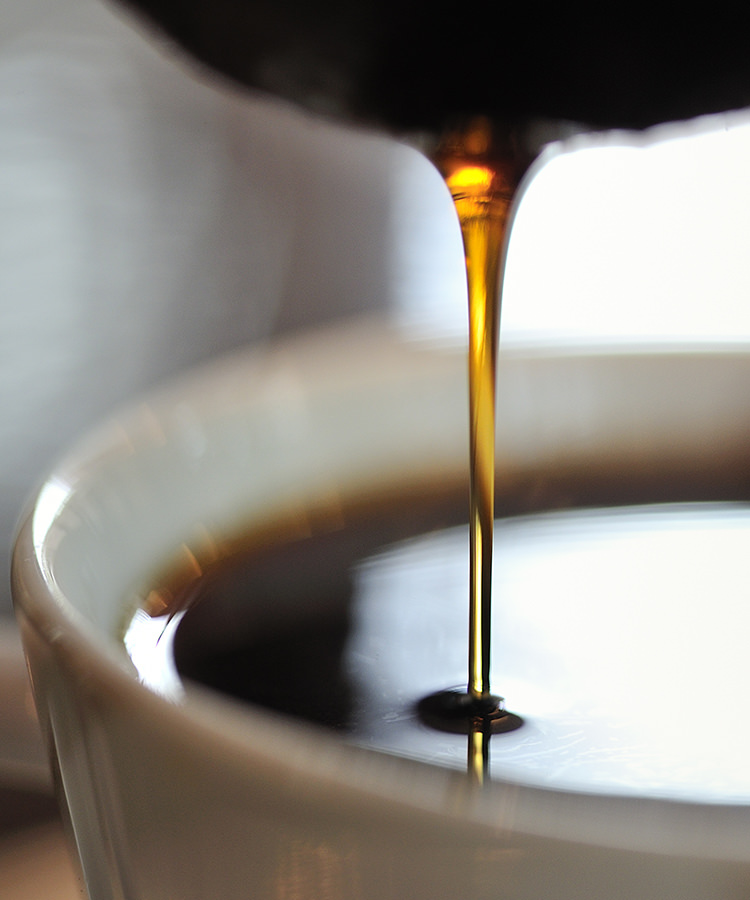French press, pour over, hand-pulled espresso. It seems like every which way we turn, a new artisanal coffee shop is popping up, boasting the latest and greatest forms of brewing to make you the best cup of coffee you’ve ever had in your life. While we’re all about artisanal coffee shops — and definitely all about good coffee — what about taking it back to the OG form of coffee brewing? You know what we’re talking about here: the good old- fashioned drip machine.
Most of us have classic drip machines on our kitchen counters, and guess what? You actually can brew a great cup of coffee in them. Follow these simple steps to making the most of your first kitchen item. In addition, we’re pretty sure that in a decade or so, drip coffee will be the new vintage way of brewing. Hang on to your machine for another 10 years and you’ll be the coolest coffee consumer around.
Clean That Machine
It may sound obvious, but the first key to success is a clean machine. We get it — it’s really early in the morning, you’re half awake, and the last thing you want to do is rinse out a machine that barely fits in your sink. We recommend using a damp cloth and simply washing the machine down, in both the water and filter spots. An intense cleaning every few days is beneficial at well. Do the cleaning at night to avoid doing it with eyes half-closed in the morning!
Don't Miss A Drop
Get the latest in beer, wine, and cocktail culture sent straight to your inbox.Fresh Is Best
No matter which method you choose for brewing your coffee, fresh grounds are the best grounds. Forget the pre-ground stuff and spring for the whole beans. Grind the beans right before using them to prevent oxidation and allow for maximum flavor in your cup of joe. Which leads us to the next point.
It’s All About the Ratio!
For drip machines, you’ll want about two tablespoons for every six ounces of water put in the machine. You can play around with the ratio to find your perfect brew, but this generally tends to be the standard.
Wet the Filter/Grounds
This may sound strange, but wetting the filter and grounds before starting the brew is a surefire way to extract maximum flavor from the coffee. Also, the water you use matters, both with the wetting of the filter and in the actual machine itself. Rule of thumb: Don’t brew coffee with water you wouldn’t drink by itself.
Leave the Roasting to the Beans
Now that you’ve brewed the coffee, remove the pot from heat as soon as possible. Leaving a pot of coffee on a hot surface will burn the goods, resulting in an unpleasantly toasted brew. Transfer the coffee into a thermos to retain the heat, but enjoy a cup as soon as it’s done! Coffee tastes best immediately after the process is done. And don’t even think about re-heating the stuff. Your microwaved cup of joe won’t taste nearly as good as a fresh brew.
